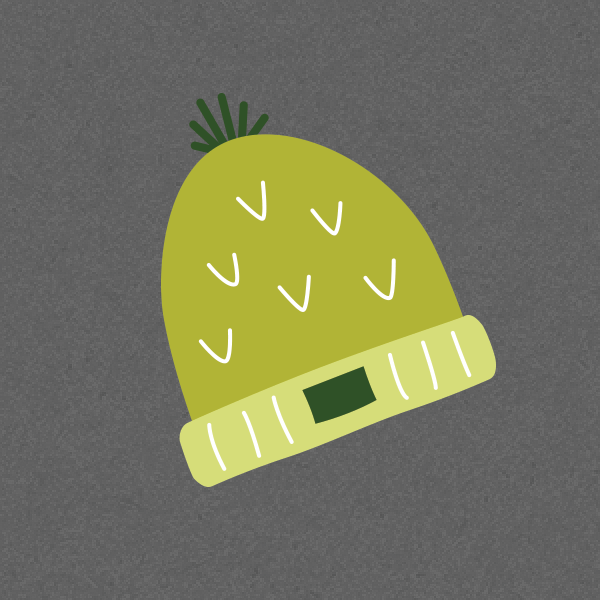Lots of rain earlier this year led to a showy display of prairie sunflowers at Great Sand Dunes National Park and Preserve.
Some years, prairie sunflowers (Helianthus petiolaris) deliver a soul-stirring, sweeping display at Great Sand Dunes National Park and Preserve in Colorado. The lively annuals grow on the valley floor amid rabbitbrush and fringed sage, as well as directly on the sand dunes.
“You’ve got to give these plants credit for living in the shifting sand, which sizzles in the summer and freezes in the winter,” said the park’s natural and cultural resource specialist, Fred Bunch.
The parks rests on the fringe of the San Luis Valley, one of the largest high-altitude valleys in the world, with elevations starting at 7,500 feet. As such, the flowers have had to adapt to a short growing season.
“Even the toads and the frogs have a faster metamorphosis in the valley than in the Great Plains,” Bunch said. “These plants know what they need to do to live. They have to be in the express lane.”
The sunflowers that live directly on the dunes have adapted in another way as well, by producing seeds that are larger and hairier than those that grow off the dunes. This might be due to environmental pressures, or perhaps the habits of small mammals such as kangaroo rats, which collect and cache them, said researcher Katie Kariatsumari, a Ph.D. student at University of Colorado Boulder. She also studies evidence that the sunflowers growing on the dunes could be in the initial stages of speciation, creating a new species endemic to the national park.
The peak bloom season at Great Sand Dunes varies from the second half of July to late August, depending on conditions. The most dramatic blooms occur on the entry road into the park and along the eastern portion of Lane 6 North, around the interpretive signs.
Stay On Top of News
Our email newsletter shares the latest on parks.
But the show is not guaranteed.
A particularly dry 2023 kept seeds dormant, while a favorably wet 2024 led to a particularly cheery showing this season.
About the author
-
 Karuna Eberl Contributor
Karuna Eberl ContributorKaruna Eberl writes about wildlife, history and adventure from the sandbars of the Florida Keys and the high country of Colorado.